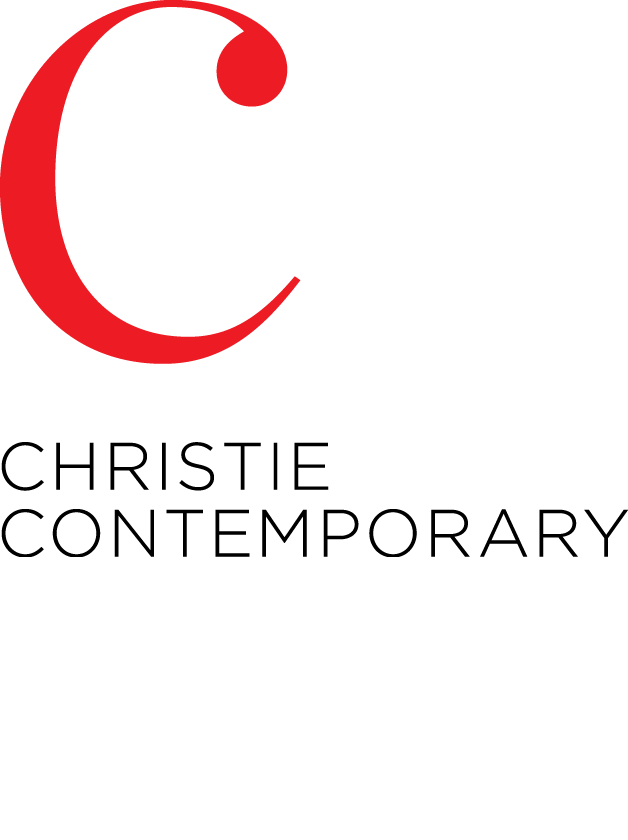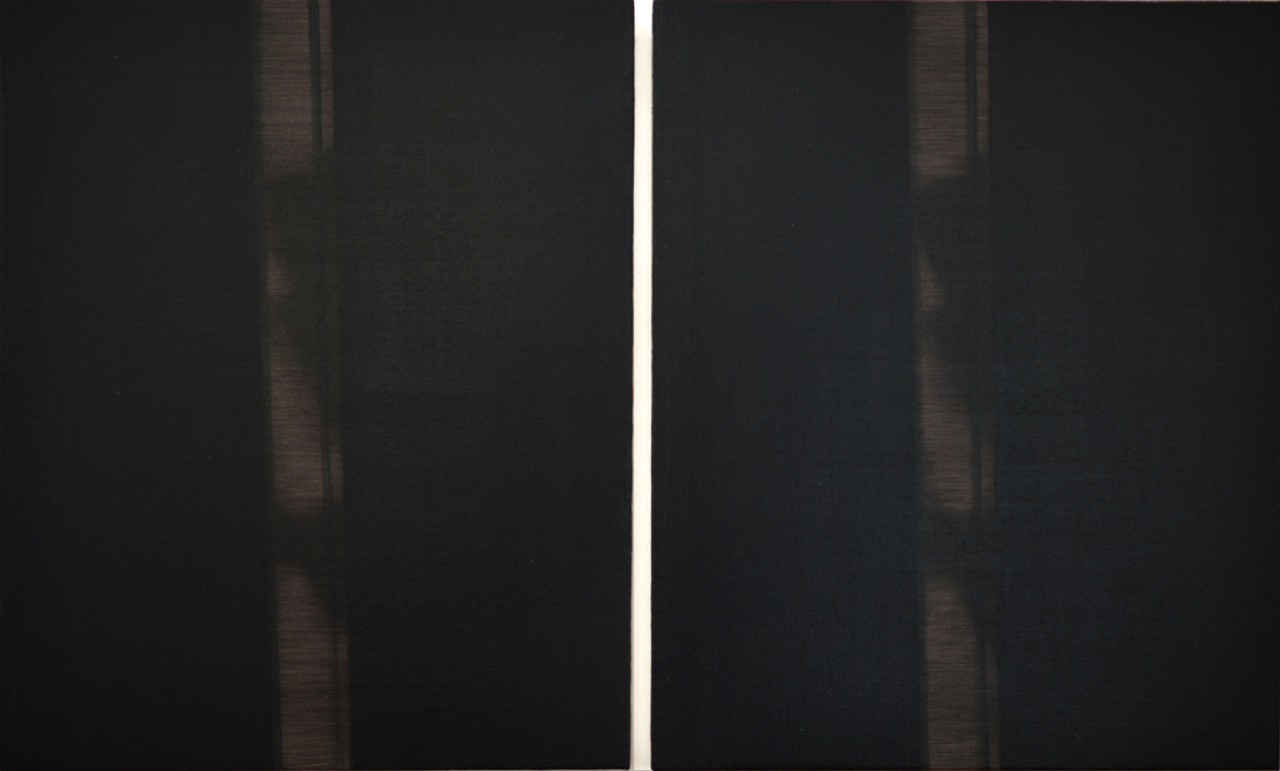Christie Contemporary is pleased to present And Then Nothing Turned Itself Inside-Out, a solo exhibition of new paintings by Nick Ostoff, opening Friday, December 2 from 6-8pm.
This body of work continues Ostoff’s exploration of objects and spaces within the interior domestic sphere—cast shadows, reflected light, random surface marks, and fragments of commonplace objects, the type of overlooked elements one might find half-concealed in the background of a generic family snapshot—with the aim of addressing both memory, and the unheimlich (Freud’s term for the ‘estranged familiar’). Despite the intimacy of this context, Ostoff is not interested in autobiography, self-portraiture, or sentimentalizing the familial. Rather, he is attracted to these objects and spaces for their very banality and ordinariness. Through his particular working process, they are agents ripe for perceptual reshaping, not unlike scenes viewed through a cinematic filter.
Looking to the way in which quotidian space is naturally transformed through a condition of absence into a reflexive index in memory, Nick Ostoff further amplifies this quality of the imperfect echo with the mechanics of representation and the painterly process. In re-framing overlooked but familiar visual phenomena, Ostoff seeks to heighten their perceptual ambiguity, to suggest suppressed elements of the uncanny, and in so doing, activate a kind of phenomenological intensity. There is a palpable sense of the ‘not seen,’ in part achieved with a working methodology that involves reduction and restraint, where seemingly straightforward imagery is all but ushered away from the conventions of representation, reconfigured as ostensible abstraction, to create an elliptical viewing experience in which fixed perspectives are destabilized.
Working from anecdotal photographs, each painting is deliberately built up through multiple layers of translucent pigment, a crucial aspect to the recontextualization of these images, a process which effectively dissolves the spatial/temporal specificity of the photographic source, while retaining its pictorial trace. Thus, each painting is situated in an ambiguous realm that is proximate to, yet utterly removed from our quotidian experience.


